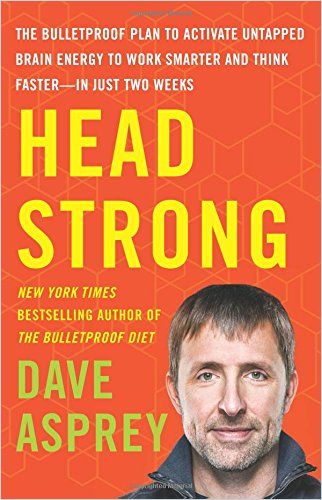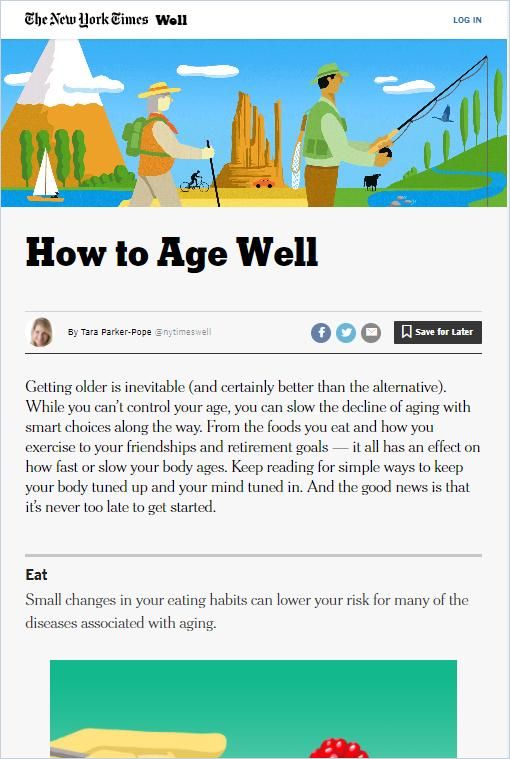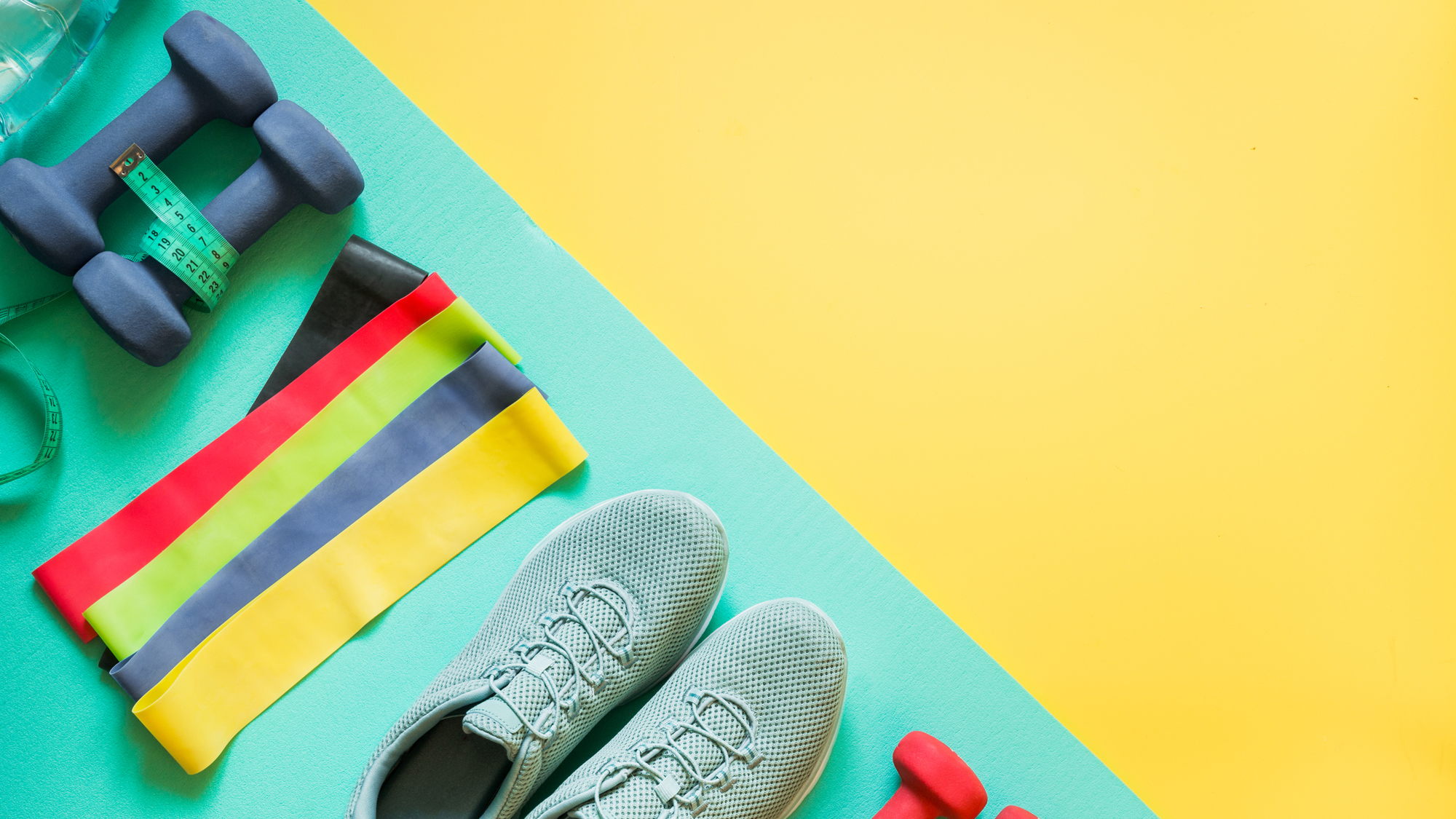No Innovation Without Inspiration
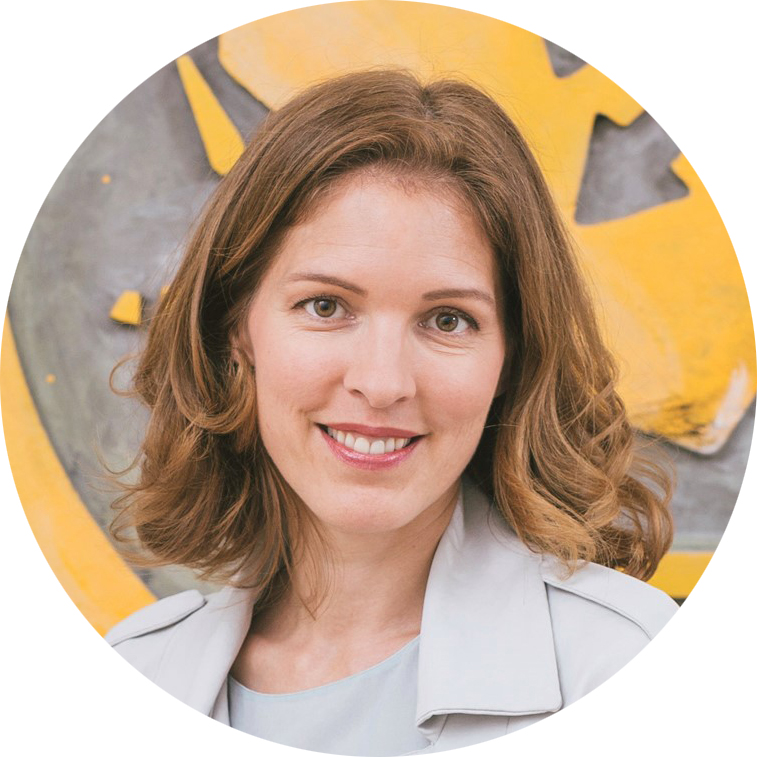
Creative recovery requires time, space and good ideas. We need time to listen to ourselves, to the inner voice that we silence so often. We need space, to listen to what surrounds us, to what is happening in the world, to the needs, struggles, ideas and miracles. But good ideas? Well, the good news is that where there is inspiration, there will be good ideas – and these lead to innovation. But how do we find inspiration in our fast-paced business life?
“No Time…”
That is what I hear again and again in workshops on this topic at this point. You have “no time” for reading, visiting an exhibition, taking a walk – I get it. Time management will be a theme for a future column. For now, I ask you to do what I ask my workshop attendees to do: Stop complaining! Time management is about priorities. Your time allocation should reflect your priorities. As a quick fix, reduce the time you spend scrolling on social media, TV and other media. Trust me, you will find enough time for your priorities. And if you don’t, innovation is not a priority for you. As simple as that.

Once you’ve freed up some time, three elements are paramount to overcome other, more psychological restrictions and bonds that we accept and even sometimes put on ourselves: movement, nature, and art.
Movement
Most of us know, intuitively, that movement helps us to relax our mind, to stop turning around problems. We are often obsessed with problems, tasks and objectives. What we haven’t done yet uses up more of our headspace than what we have already achieved. But to plan your next steps properly, it helps to undertake a few steps. Movement not only protects our brain and helps us to focus, but it makes our brain more agile, and so allows us to come up with more and more creative ideas.
In Switzerland, the answer is around me. I usually leave for a summit hike when I am overwhelmed by problems, and my mother used to do this, too. She was an avid mountain sports fan and went up hills or mountains every day. She used to say that sport was her mental hygiene. Even if she was struggling with a big problem, a couple of hours outside helped her to see more clearly, become calmer and come up with creative solutions.
Nature
Switzerland might be blessed with one of the most iconic mountain ranges and scenery on the planet. But even where there are no peaks or no ocean waves, nature is a powerful example of creative resilience. Even in your dirty backyard you’ll find proof if you just take a close look! The strength of nature can equally be seen in an old and resistant arolla pine that survives on nothing but rocks in the Swiss Alps despite the cold and wind, or a dandelion growing out of a concrete crack right next to your corporate trash can.
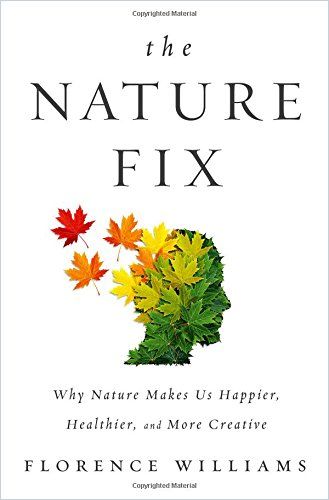
But, if you can, leave your backyard occasionally. Why? Well, recent scientific experiments show that being in nature has a positive impact on people. After at least three days in nature, there is a balancing impact. Nature calms overexcited people and stimulates more apathetic folks who need a boost. In the United States, research on veterans with Post-traumatic Stress Disorder showed that after the third day there was a positive and even measurable impact on their physical and mental health. Tests showed that the veterans were calmer, more productive, and – yes! – creative.
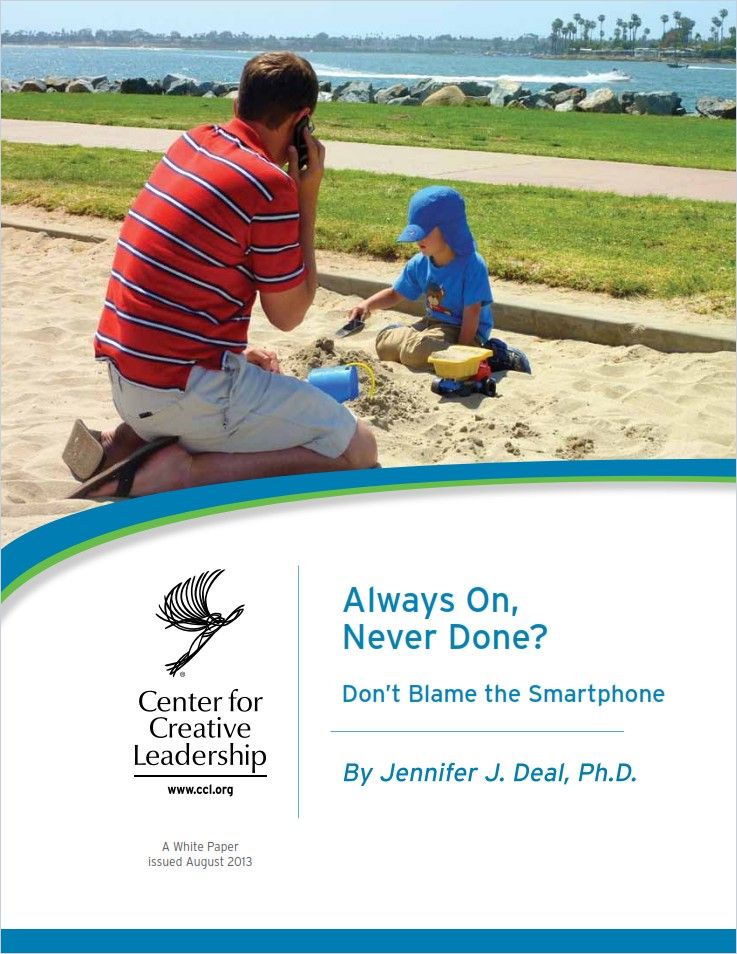
I try to spend as much time in the mountains as I can, but it’s far from enough. In August 2020, for the first time ever, I brought some of my clients to the mountains with my husband, who is an artist. The feedback was extraordinary, because time spent in nature is like a diet or fasting – keeping away from the superficial noise and clutter that keep us from creating. Reducing external stimuli, banning screens, not reading and not talking for 24 hours (or even a week, if you find that time) is a very efficient way to kick start your creative energy.
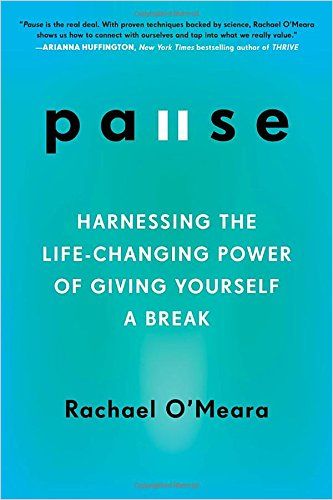
Art
I totally get it if you say that mountain peaks or monasteries in the woods are not your favorite places. But when was the last time you visited a less steep or remote place to inspire you? A museum, a gallery or an artist’s studio? No, I don’t mean to have a photograph taken in front of “this one sculpture”. I mean to challenge yourself or to think outside the box. New to the art world? Well, every single one of us once was. You can use art for inspiration. To do so, be guided by two things: contemplation and action.
Contemplation
If we are surrounded by people who are in the same profession and have a similar background, it’s likely that they will have the same references and that they will not bring up ideas that are totally new to us. With art, it’s quite the opposite, because art evolves out of a unique process: The goal of an artistic work is to turn ordinary things into something special. To do so, artists are obliged to look at things in a new and unique way, and express their findings to an audience.
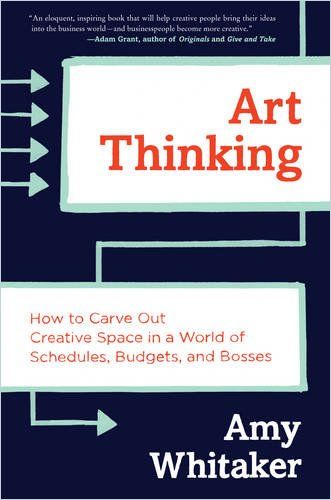
Even if – for the artist – a work might not turn out as something completely new, it’s likely that the audience will feel it as new. So, immerse yourself in art, go to a contemporary art exhibition, discover a ballet performance or revisit a museum you love. Take time for reflecting on art and talking to people who have an artistic practice.
Action
An artist is a professional, trained to hear the weak signals and to see the small changes. Artists are trained to be able to perceive these emerging elements and create something new from what they see and hear and also from what is in themselves. Artists often “feel” the next movement coming before others do. Innovation, especially disruptive innovation, is a lot about seeing the next big thing before everyone else does. So, learn from artists how to create new things, share them with your team, and – by doing so – expose yourself and be vulnerable. Your vulnerability, as well as the fragility of your creation, be it a piece of art, a service or a product, will decrease with every exposure and feedback loop shared with your fellow colleagues. This is very close to the design thinking process: empathy, define, identify, prototype and test.
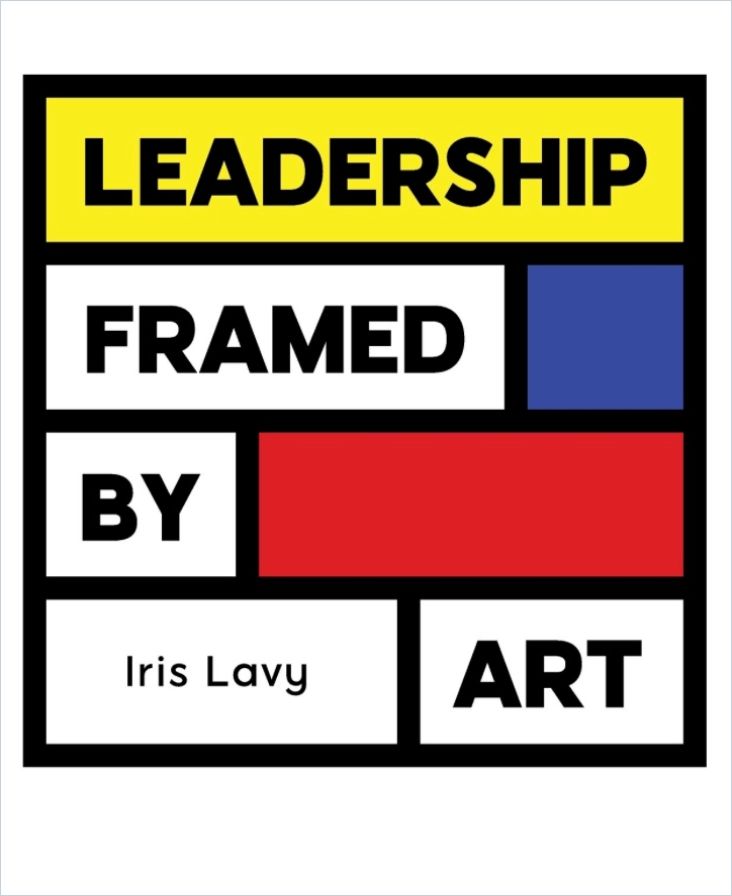
Don’t worry! You don’t have to create a masterpiece that ends up in a museum. Just start to allow yourself to have an artistic eye. To train it, keep a dozen magazines and start a collage with pictures and parts of pictures you like or that speak to you. We all did collages when we were young. And, when you finish, you will be surprised by your collage and what that puzzle picture expresses about your current situation.
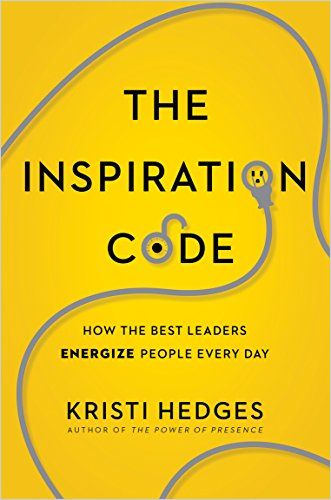
Choosing creative recovery and giving yourself time to be inspired by movement, nature and art will do its work. You will start to see more things that are important to you and hopefully start to hear the voice of your inner creative child. In my next column, we’ll see how this change affects not only you, but also your team and even the corporate culture of your company.
